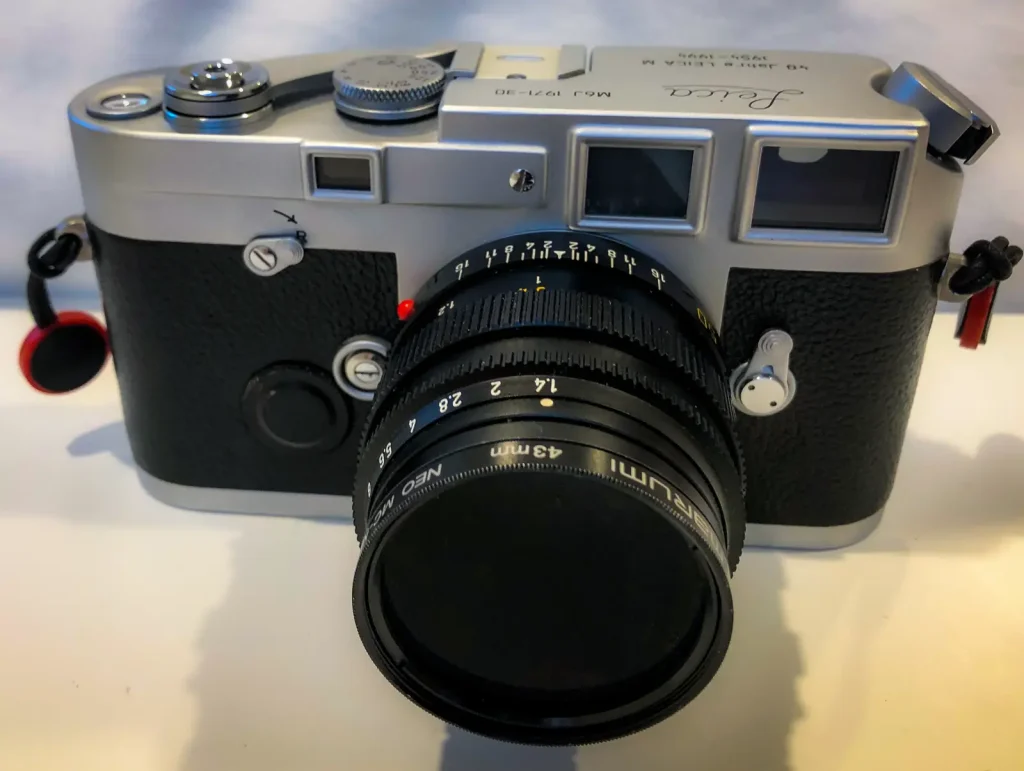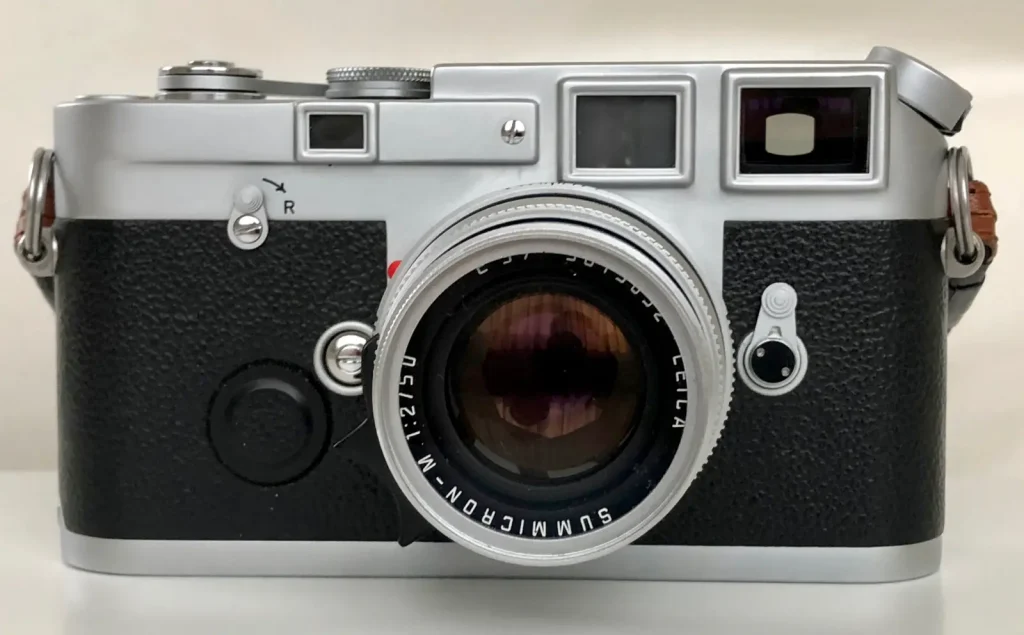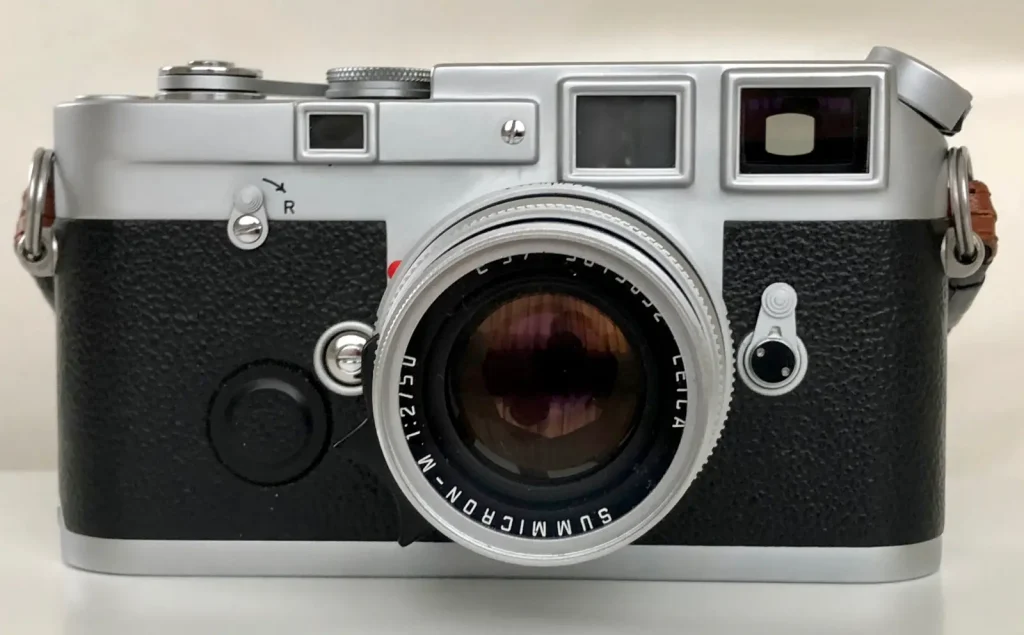
27 August, 2019
5 Rural Japan Frames with a Leica M6J, a Summilux 50mm f/1.4 pre-asph., on Kodak T-Max 100 – Steven Bleistein
The Leica Summilux 50mm f/1.4 remained basically unchanged in its second version from 1961 until 2004, after which the aspherical model replaced it. Only the barrel design chang...

